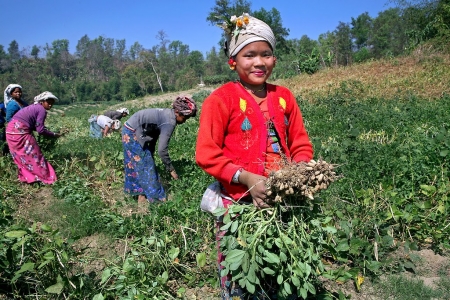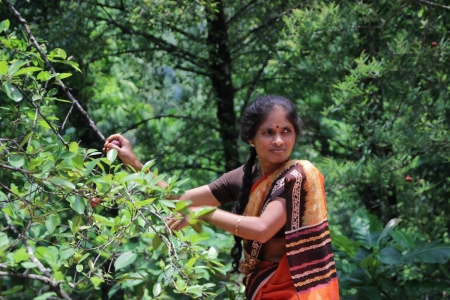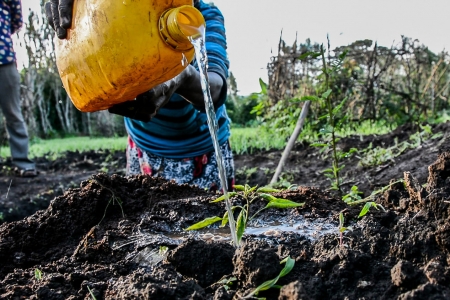This post is written in response to: What would it take to strengthen women's land rights, in practice?
The evidence is growing that secure rights to property for women lead to increased empowerment and status for those women and better health, nutrition, and education for their families. As Ruth points out, strengthening rights requires more than simply changing laws, and more than simply encouraging registration.
Property rights are at their core agreements regarding people and resources, defined and enforced by the state or the community. They are therefore multifaceted: there are different types of property and different types of rights. Barriers to these rights are diverse as well; they can be cultural, legal, or epistemic, and are often all three. When talking about how to practically secure women’s property rights, it is important to be attuned to context: Which property? Which rights? Which barriers?
At Resource Equity, we have learned that secure property rights—whether those are ownership rights, use rights, or other kinds of “secondary” rights—exist on a continuum. To fully assess security, it is important to assess women’s rights across five dimensions: legitimacy, resiliency, durability, enforceability, and independence.
Legitimacy
Legitimate rights are those that are protected under both the formal law and in practice, which may be anything from informal customary law or norms of the family or community. Forinstance, in many countries a woman’s right to inherit is protected under the formal law, but in practice her family will not allow her to inherit. To secure this right, the gap between formal law and practice must be bridged. Bridging that gap often requires changes in social norms, perceptions and beliefs. Similarly, rights must be protected under all legislation. This includes not just land laws but laws regarding marriage, inheritance, and divorce, all of which often have important property provisions.
Resiliency
Resiliency refers to changes in context—that is, that the property right is secure regardless of her marital or family status and regardless of who is in power in her community. For instance, a woman might have a secure right to live in her house as long as she is married, but if she is widowed she might be forced to leave. In general, this type of insecurity is tied to customs or social practice. However, even under the formal law in some countries women can be insecure. For example, in some countries if a man dies with no will, his surviving spouse will have rights to only half of his property.
Durability
Durable rights are long-term rights. Not all property rights can or should be perpetual rights—that is, rights which last forever and are devisable, or able to be willed. However, longer-term rights tend to be more secure; the longer term the right, the better able the right holder is to make full use of the property, through investments or other planning for the future.
Strengthening women’s property rights requires understanding and addressing the ways gender limits duration. For instance, the duration of a woman’s rights to property are often linked to hermarital status; i.e., she might have a right to land only as long as her husband is alive. Similarly, people might secure long-term rights to land by using it in particular ways, like planting trees, that are culturally restricted to men.
Enforceability
Enforceability means both that a woman can access a forum to protect her property right and that a finding in her favor will be enforced. This has a number of dimensions: the right must be clear and understood by all involved, a forum to resolve disputes must be known and financially, socially, and geographically accessible, and decisions made by the forum must be respected by all those who are affected. Land administration systems must consider all laws affecting women’s property, e.g. rules governing marital property. There are many considerations for accessibility, including equal access to evidence (like titles and identification cards). Social norms impact whether a finding will be easy to enforce. For example, a widow might not want to live next door to a hostile brother-in-law, even with a court order in her favor.
Independence
Finally, to be secure, women’s rights to property must be independent; that is, a woman should not need permission to exercise property rights beyond what a man might need. For instance, many countries have laws which permit joint ownership of marital property but which also designate men as the household head and decision maker, including for matters governing property. In these situations, a woman’s “joint” right to property is dependent on the right of her husband to make decisions on their property.
We continue to refine and test these dimensions in all of our work, by using them to assess tenure systems and then designing approaches which seek to address those dimensions that are weakest. Most important for securing women’s rights to property in practice is to listen to and learn from the women themselves. It is the women who are most affected who can best lead the way to overcoming the multifaceted, often context-specific barriers to true land tenure security.
















Add new comment